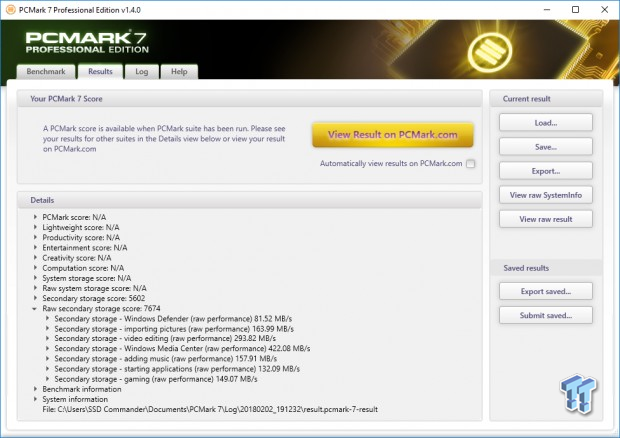
You can either apply for help through local data recovery centers. Method 2: Data Recovery ServicesĪside from that, you can also try your hand at data recovery services as an alternative method.
ENABLE TRIM MAC MAC
Go ahead and check if your Mac is still under warranty so that you can either get it replaced, or fixed at a discounted price or for free. Corrupted SSDs are salvageable, but if Disk Drill says that your SSD is about to fail, then you’ll have to replace the disk through a certified Apple repair shop. If you’re working on a corrupted SSD, you may want to do a clean reset and reformat it to preserve its health. For those of you who always want to keep some form of backup for your files, we suggest using Apple’s Time Machine feature. If you were able to successfully recover data from your SSD, congratulations! Thankfully you were able to make it in the nick of time. You’ll be asked for a destination folder, which is where your recovered files will go. Once you’ve located the files you want to save, click and highlight them, then click on Recover at the bottom-right corner of your screen. On the new window with all your recovered files, look for the data you want to recover. Just click on Review found items at the bottom-right corner of your window. You should be able to review all the deleted and even corrupted files that were found on your SSD from there. After completing the scan, you’ll be shown a data recovery report with all the files that were recovered from your SSD. This will take several minutes to maybe half an hour, depending on the size of your SSD and the speed of your Mac. Click on Search for lost data to begin the recovery process. There are several types of recovery methods you can choose from, but we recommend using the All recovery methods option. With Disk Drill open, click on the SSD you want to scan and recover data from. After that, you can now launch Disk Drill through the Applications folder, your Dock, or Spotlight. Drag the Disk Drill icon to the folder to complete the entire process. When it’s done installing, you’ll be asked to move Disk Drill into your Application folder via a pop-up interface.
ENABLE TRIM MAC INSTALL
It should take between a couple of seconds up to several minutes to install Disk Drill to your device, depending on the speed of your Mac. Once it’s downloaded, just double-click on Disk Drill to begin installing the program.
ENABLE TRIM MAC FREE
Go ahead and open the Disk Drill website and click on Free Download. Let’s start by downloading Disk Drill onto your Mac. Here’s how you can try and recover data from the SSD on your Mac: If you want to check out other programs, you can check out our top 10 list of data recovery tools for Mac. This is one of our favorite SSD recovery tools for file recovery, since it’s quick and reliable. Method 1: Data Recovery Softwareįor the self-help method, we’ll be recovering data from the SSD on your Mac using a third-party application called Disk Drill. If that doesn’t work, you can always refer to the trusted data recovery services we’ve mentioned below. There are dozens of reliable data recovery programs out there, so much so that it’s worth a shot to try and retrieve your own files yourself. You can recover data from your Mac in two ways: doing it yourself and paying a professional. To enable TRIM again, just repeat the steps above but use “ sudo trimforce enable” instead. Having TRIM disabled might make recovering deleted files easier, but it will eventually slow down your SSD and even shorten its lifespan. You can either read through it or just skip the formalities and press type Y and hit Enter to proceed. A bunch of important notices and warnings will pop up.



Copy and paste the command “ sudo trimforce disable” and press Enter. Here’s a quick guide to disabling TRIM on your Mac. If your files were only recently deleted, you can still disable the TRIM feature on your SSD to make sure your files don’t get wiped. So as long as the file has only been deleted recently, there’s a chance you can still recover those files back. Some SSDs use a queued TRIM feature that only trims your storage when the Mac is idle. Thankfully, your SSD doesn’t always immediately go through the TRIM process. This increases the lifespan of your SSD and makes it much faster overall. Instead of the SSD checking the index to see if the data in a specific area has already been deleted, the TRIM method immediately marks deleted data as “empty”. TRIM is a built-in command that prepares your SSD for writing new files every time you delete a file. Generally speaking, the only time it’s possible to recover deleted files from an SSD on a Mac is if the SSD has not yet been through TRIM. When is it Possible To Recover Data from SSD on Mac?


 0 kommentar(er)
0 kommentar(er)
